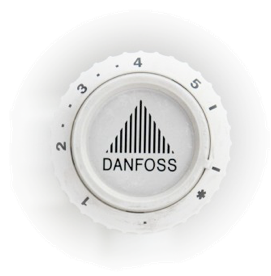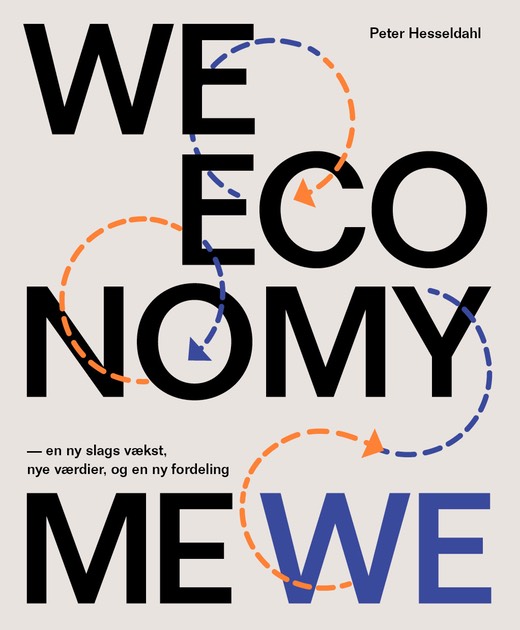
It’s not about the thermostat
One of the largest Danish companies, Danfoss, made much of its early fortune manufacturing thermostats. But thermostats have become a commodity. Any number of Chinese factories can produce thermostats that are just as good at keeping a constant room temperature. Margins have become razor-thin and production is almost entirely automated.
The American company Nest also produces thermostats, but Nest thermostats are “smart”, in the sense that they can learn the users’ habits and build a schedule of heating[i]. First of all, the thermostat is online; it’s connected. It can share its knowledge about the user and the temperature in the room with other devices on the Internet of Things. This allows other smart devices to coordinate with it – smoke alarms, lamps, door locks, security cameras – and like all those other devices it can be programmed and operated through a smart phone.
By adding a superstructure, that is, connecting the thermostat to lots of other devices and services, its value to the user grows considerably. Users could buy a much cheaper commodity thermostat, but buying a Nest thermostat, they connect to a much larger universe of functions and services. So Nest can sell thermostats at a greater profit – but even more important, Nest can now start to sell additional services or use the data it collects about users in other contexts.
An entry point to the superstructure
Long before Nest had grown to be a large scale manufacturer of devices, the company was bought by Google for a then outrageous amount – probably not because Google felt that manufacturing thermostats was an obvious next step for the company, but because Google could see the underlying communication protocol that Nest uses, called Weave, as a good candidate for a new general standard for connecting everything in the Internet of Things. Providing and controlling this protocol would give Google a central position in the entire superstructure.
The Nest case illustrates how it is becoming impossible to separate the value of the physical object from the value of its superstructure.
The thermostat is half physical, half virtual. It exists in the physical world, but it has a virtual twin; an identity online that’s collecting and sharing user data and coordinating it with all sorts of data online from other devices and services that could be relevant for creating better solutions for the user.
Without all the processes in the superstructure, it would just be an ordinary thermostat with a fancy design.
